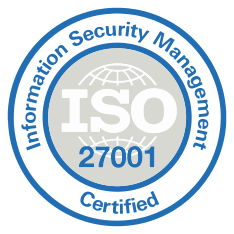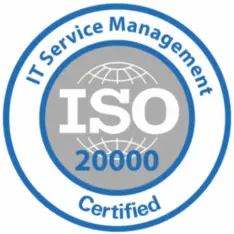The transition to digital learning has made online exam software for students indispensable in modern education. These platforms offer various tools that simplify the process for educators and enhance the learning experience for students. However, not all exam software is created equal. When selecting the best solution, it is crucial to consider specific features that will meet your educational needs. In this blog, we will explore the top features to look for in exam software, ensuring a comprehensive and efficient assessment experience.
Online Exam Software for Students: The Benefits of a user- friendly
A user-friendly interface is paramount when selecting online exam software for students. The platform should be intuitive and easy to navigate for both educators and students. A complicated interface can lead to frustration and confusion, detracting from the assessment’s [promary purpose. Look for software with a clean layout, clear instructions, and easily accessible features to ensure a smooth experience for all users.
Diverse Question Tyрes in Online Exam Software for Students
Effective examination software should support a variety of question types to accommodate different assessment needs. Common question formats include:
– Multiple Choice: Ideal for quickly testing knowledge on specific topics.
– True/False: Useful for straightforward fact-checking.
– Short Answer- Allows for concise, open-ended responses.
– Essay: Facilitates in-depth analysis and critical thinking.
– Matching: Great for evaluating the ability to relate concepts. Having multiple question types not only keeps the exam engaging but also ensures a comprehensive assessment of student’s knowledge and skills.
Customizable Exam Settings
Flexibility in exam settings is another essential feature. This include the ability to set time limits, define the number of attempts, and customize the grading criteria. Customizable settings allow educators to tailor exams to specific course requirements and student’s needs.
Additionally, the option to randomize questions and answer can help reduce cheating by ensuring that no two exams are identical.
Robust Security Measures
- Browser Lockdown: Prevents students from opening other tabs or applications during the exam.
- Proctoring includes live or automated proctoring to monitor students and ensure they adhere to exam rules.
- IP Restrictions: Limits exam access to specific IP addresses to control where the exam can be taken.
- Authentication: requires students to verify their identity before starting the exam, ensuring that the right person is taking the task.
Instant Grading Feedbacks
One of the significant advantages of online exam software for students is the ability to provide instant grading and feedback. This feature is particularly beneficial for objective questions like multiple-choice and true-false. Instant feedback helps students understand their performance immediately, allowing them to identify areas for improvement. For subjective questions like essays, the software should facilitate easy and efficient manual grading by educators.
Detailed Analytics and Reporting Comprehensive analytics and reporting capabilities are essential for evaluating student’s performance and identifying trends. Software should provide detailed reports on various metrics, such as:
- Overall Scores: Summarize student’s performance across the exam.
- Question Analysis: Shows how students performed on individual questions, helping identify which topics may need further review.
- Time Analysis: Tracks the time students took to answer each question, which can indicate questions that may be too difficult or confusing. These insights enable educators to make data-driven decisions and tailor their teaching strategies to better meet student’s needs.
Scalability and Flexibility in Online Exam Software for Student’s
The ability to scale is crucial, especially for institutions with large numbers of students. The online exam
software for students should be capable of handling multiple exams simultaneously without performance issues. Additionally, it should be flexible enough to accommodate different types of assessment, from small quizzes to comprehensive final exams.
Integration with Learning Management Systems (LMS)
Seamless integration with the existing Learning Management System(LMS) is another important feature. This integration allows for the easy transfer of student’s data, grades, and other relevant information between the exams software and the LMS. It streamlined administrative tasks and ensured that all student information is centralized, making it easier to manage and analyse.
Accessibility and inclusivity
Ensuring that exam software is accessible to all students, including those with disabilities, is essential. The platform should comply with accessibility standards, offering features like screen reader compatibility, adjustable font sixes, and alternative text for images. This inclusivity ensures that every student has an equal opportunity to succeed.
Overall Scores: Summarize student’s performance across the exam.
Reliable Customer Support
Finally, reliable customer support is vital. Issues can arise at any stage of the exam process, and having access to prompt and knowledge support can make a significant difference. Look for examination software that offers multiple support channels, such as email, chat, and phone support, with quick response times.
Conclusion
Choosing the right online exam software for students involves careful consideration of various features that ensure a comprehensive, secure, and efficient assessment experience. By prioritising a user-friendly interface, diverse question types, customizable settings, robust security measures, instant grading, detailed analytics, scalability, LMS integration, accessibility, and reliable customer support, educators can create an optional online exam environment. With these features in place, examination software like BlinkExam can revolutionize the way assessments are conducted, enhancing both teaching and learning outcomes.











